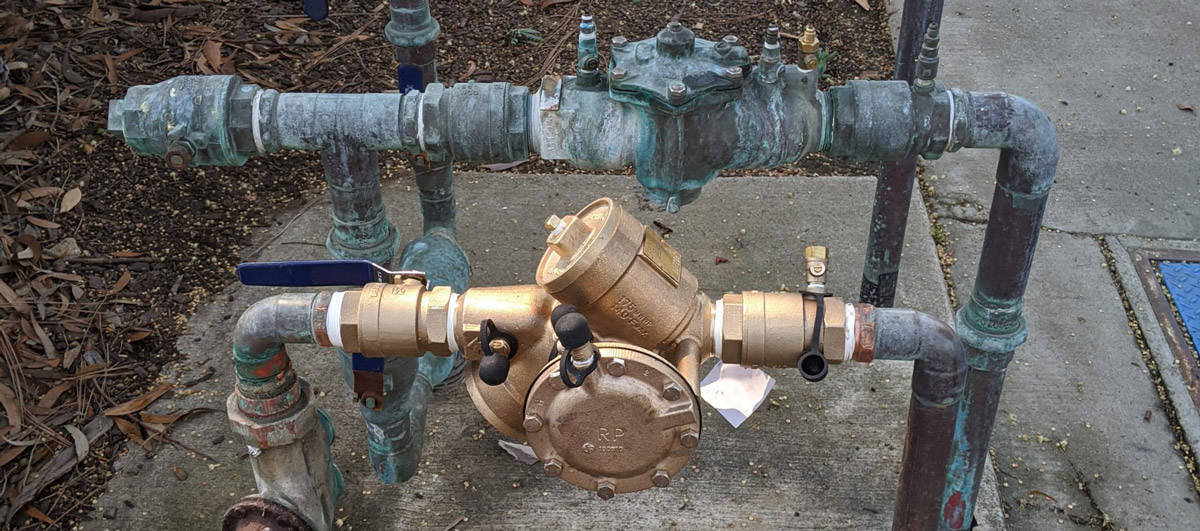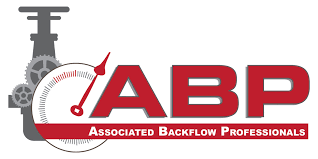
It is important to understand the purpose and function of backflow devices, as well as their potential means of failure. While some of the common types of backflow repairs can be completed by a plumber or skilled handyman, it is important to remember that a repaired backflow needs to be recertified after the repair. Once a defective device has been located, the technician must determine whether or not it might have failed due to an internal problem within the component itself (e.g.: cracked flow tube) or if external factors may be responsible.
Re-certification can only be performed by a certified backflow prevention professional. Backflow repair is one of those things that is just best left to the pro’s. An inadequate repair can leave the owner in a position of responsibility if a backflow event should occur.
What is involved in backflow repair?
There are several reasons why your backflow might be failing and/or leaking. It is best to have a backflow professional diagnose the reason for the failure.
Backflow external repair methods typically involve determining any obstructions that may be interfering with normal backflow operation. The outside portion of a backflow assembly is easily accessible making such an assessment quick and easy for a trained professional.
Backflow repairs are usually classified as either internal or external. Internal repairs involve checking and/or replacing the internal components of a backflow assembly such as check valves, pressure regulators and flow control devices (e.g.: floats). An example of an internal repair would be if water was constantly leaking from the top of the float ball within. Also in this case it is best to have a professional diagnose the cause of the leak or failure rather than attempting repairs yourself.
What is the reason for a backflow? Why is backflow bad?
A backflow event can contaminate a public water supply. To prevent this, public water delivery systems are separated from their customers’ water systems with backflow preventers, which make sure that water can only flow in one direction.
When a backflow preventer fails, the public water supply can become contaminated with bacteria and/or viruses. This is especially common in areas that do not have access to treated municipal water supplies.
What Can Cause Backflow?
There are a number of different things that can affect how your backflow preventer functions. Here are just a few:
- Age and condition of equipment
- Environmental issues
- Back pressure
- Back siphonage
Do I need to get my backflow tested?
Backflow testing is a technique that can be used to test the water flow in your plumbing system and it’s important for preventing potential health and safety hazards. Is backflow testing necessary? In short, yes! It’s important to be aware of your local government requirements for compliance and safety standards. If you have any concerns about the condition of your backflow device, or just don’t know the last time it was tested then we recommend you contact us today if you have any questions about this topic or need help determining whether it’s time for an inspection of your home or office’s backflow systems.
